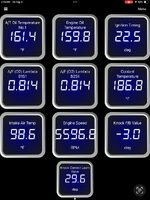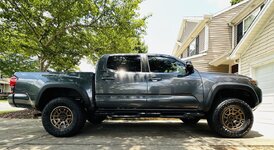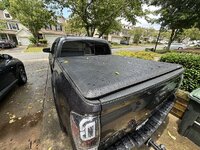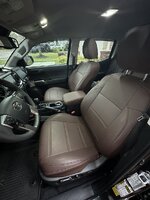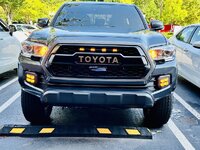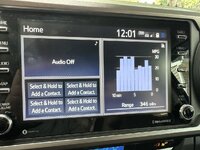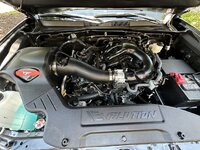I just finished my personal break-in procedure on my 23 Tacoma V6 3.5. I switched to Mobil 1 European Formula 5w-40 at 200 miles, since then I have done 2 additional extractions. I’m also a big fan of Liqui Moly’s Cera Tec and just treated the motor at 1200 miles. It definitely helped smooth out the idle, this platform is not known to have this smoothest idle. I’m also tuned and the timing has been pumped up, this probably affects what I’m seeing on the knock sensors. Running e20 mixed with 93 or about 95.5 octane.
I have noticed this engine tends to have a bit tip-in knock or LSPI at initial acceleration. It’s pretty minor but I’m wondering is switching to a GF6 or GF6A oil would help with this. Maybe I’m making an issue out of nothing as the knock is pretty minor but I love seeing it stay at near 0. From what I understand, M1 EF is a very good formulation but do you experts think there is a better one? From the UOA’s I’ve seen 40 weight hot seems to offer some of the best wear metal reduction I’ve seen over 0w-20.


